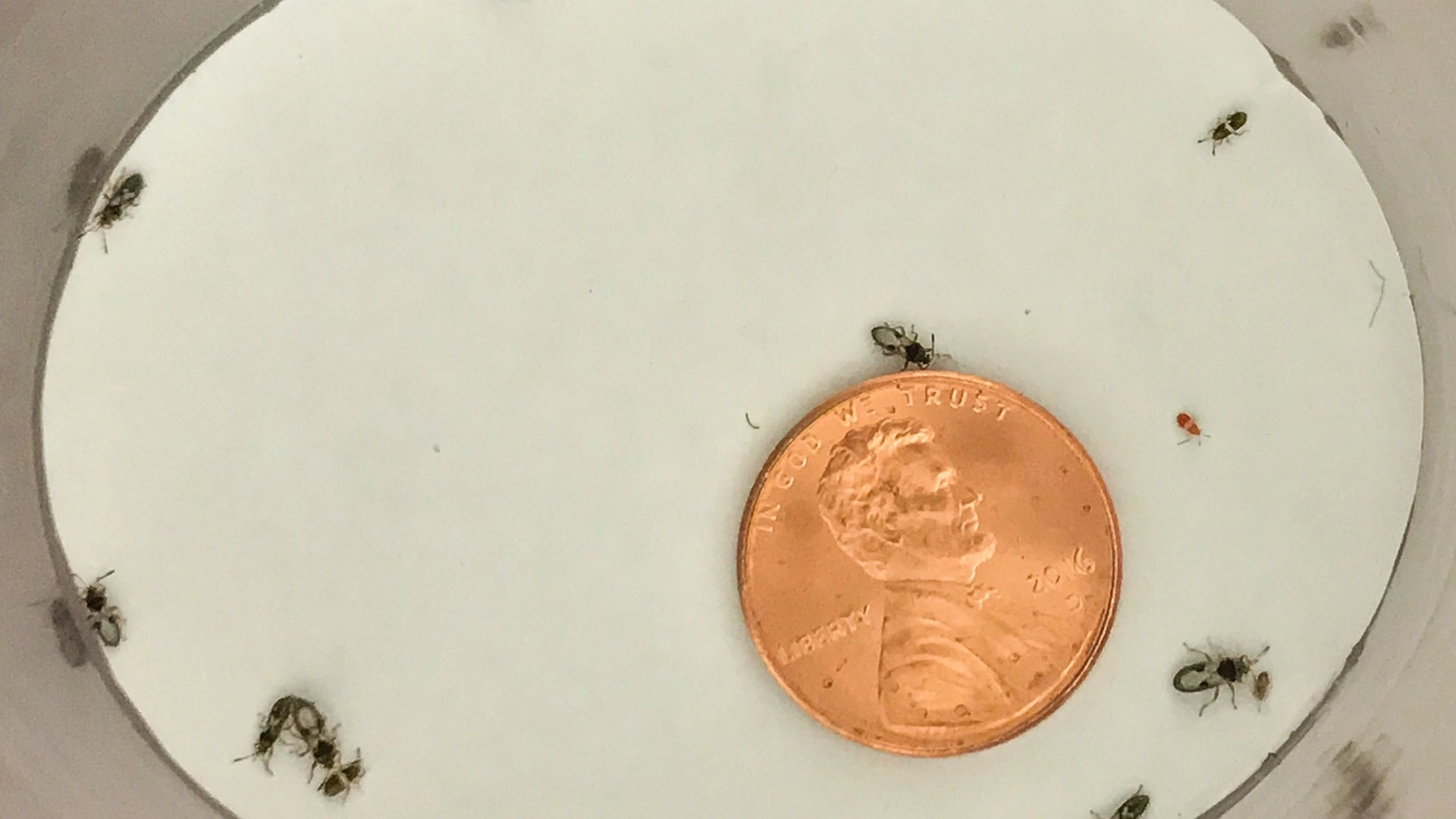What is a Cinch Bug?
Chinch bugs are a common pest of St. Augustine grass in North Texas and often cause significant damage during the summer months. Although it is a serious pest only on St. Augustine lawns, the chinch bug may feed on other types of turf grasses when they are grown in close proximity to St. Augustine grass. They damage grass by feeding on the nutrients of the plant and injecting a toxin that results in the death of plant tissue. When left untreated, chinch bug damage will result in irregular patches of yellowing turf that may spread outward and eventually result in plant death.
What Do Cinch Bugs Look Like?
Chinch bugs go through gradual metamorphosis changing from eggs, to nymphs, to adults. Throughout their life stages, they range in size from 0.2 to 3 mm, making them very small but still visible to the naked eye. The adult chinch bug has a black body with white wings which fold over the body and have a triangle-shaped spot on each. Newly hatched nymphs appear orange-red with a white band across their abdomen. As they progress through their growth stages, nymphs gradually change color from red-orange to black and develop wings.
Where Do Chinch Bugs Live?
St. Augustine grass is the primary host of the chinch bug. All life stages of the chinch bug can be found in the thatch and at the base of turfgrass plants. Adult chinch bugs will overwinter in protected places, such as weeds and grasses, until the spring. During mild winters, it is possible for all life stages to survive. Females will lay eggs behind leaf sheaths or in the soil around the plant. Within two weeks, wingless nymphs will hatch from their eggs and develop through five life stages before becoming mature adults. The entire life cycle of a chinch bug can occur in approximately 6 weeks, depending upon the weather. In Texas, it is possible for there to be 3 to 6 generations each year. Their rapid reproduction potential and short generation time are one of the factors that make chinch bugs particularly difficult to control.
How Do You Know if You Have Chinch Bugs?
Chinch bug damage typically appears as yellow or dead drought-stressed spots in the yard, most commonly in July and August. At first, the damage will appear localized as chinch bugs tend to feed in clusters. As the population continues to increase and spread, the damaged patches will enlarge.
Best Chinch Bug Treatment
Managing chinch bugs begins with proper lawn care. By keeping thatch to a minimum, for example, you can reduce the chinch bug population and make other control methods more effective. The use of proper insecticides has proven to be effective if chinch bug infestations are caught in time. During the growing season, it is very important to be vigilant of any discoloration of turfgrass and to contact your lawn care professional immediately to diagnose and treat the affected area.
Contact our office to learn how our professional lawn care treatment service can keep these pests from destroying your lawn. You can also request a free quote online or by calling (972) 727-9207.



Comments (0)
Thanks for your comment!
Thanks for your feedback! Your comments have been successfully submitted! Please note, all comments require admin approval prior to display.
Error submitting comment!
There is a problem with your comment, please see below and try again.